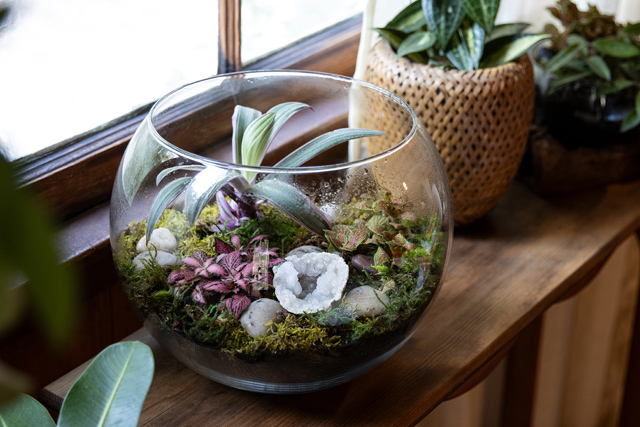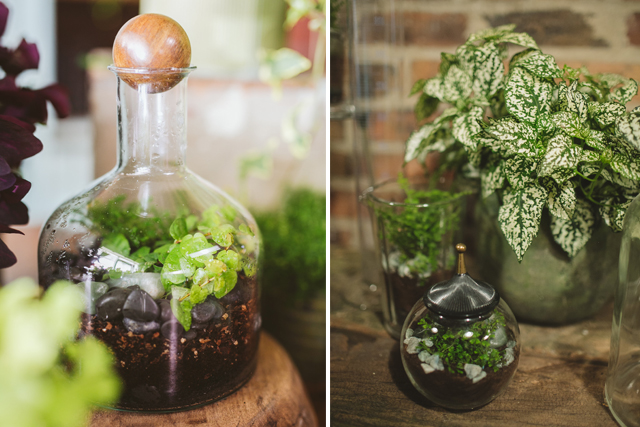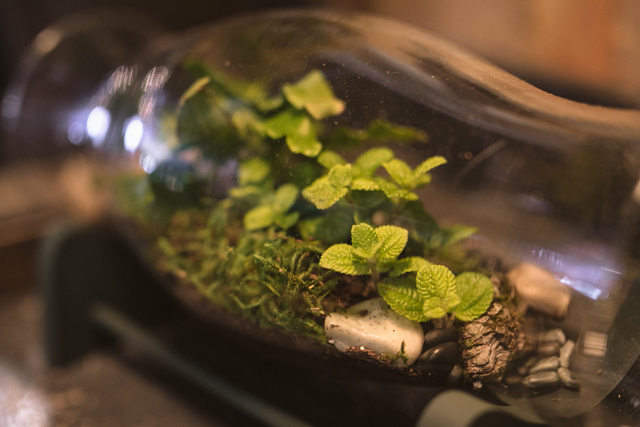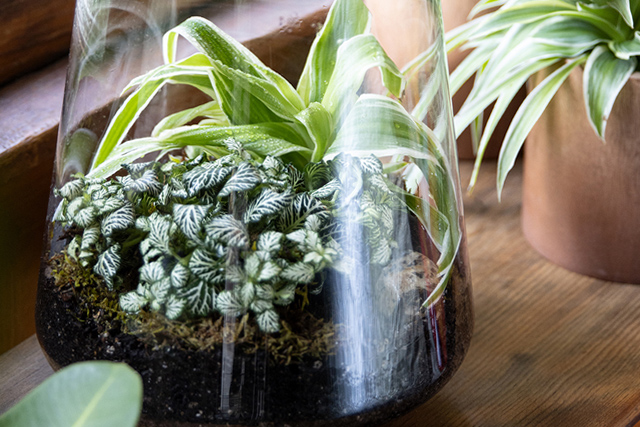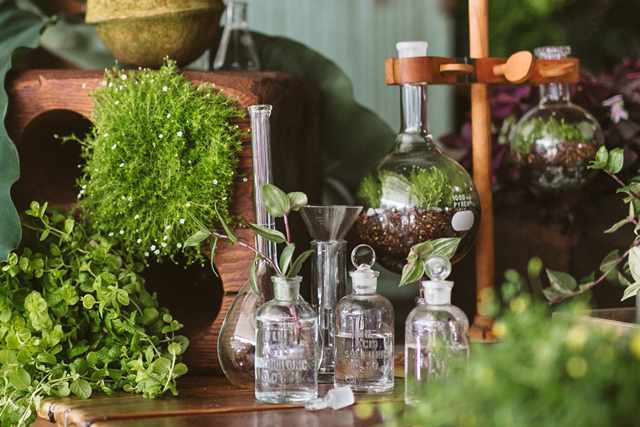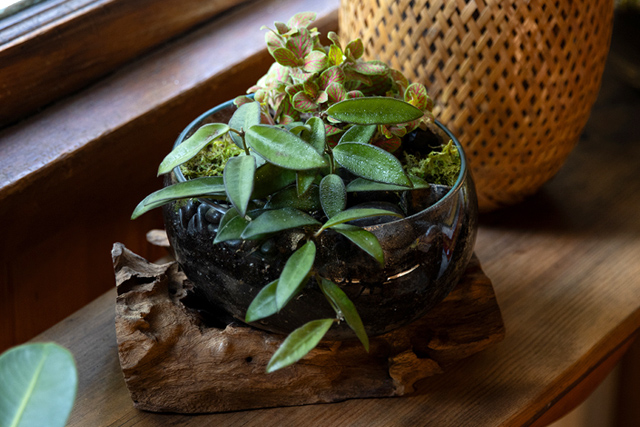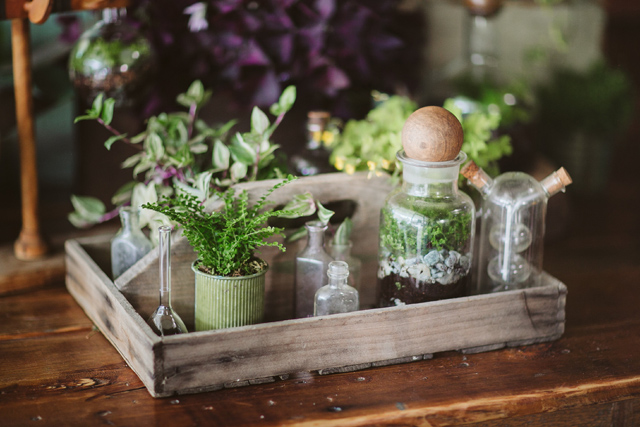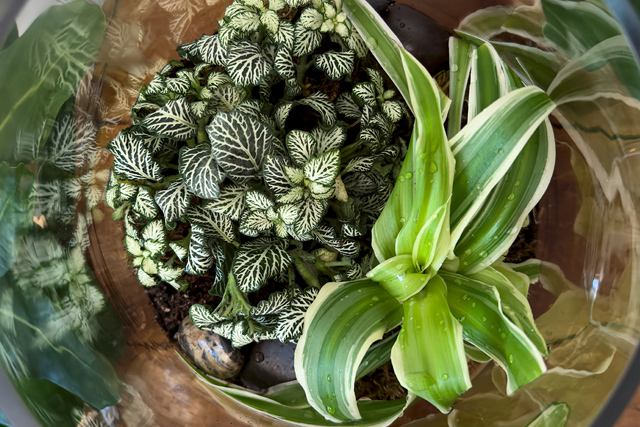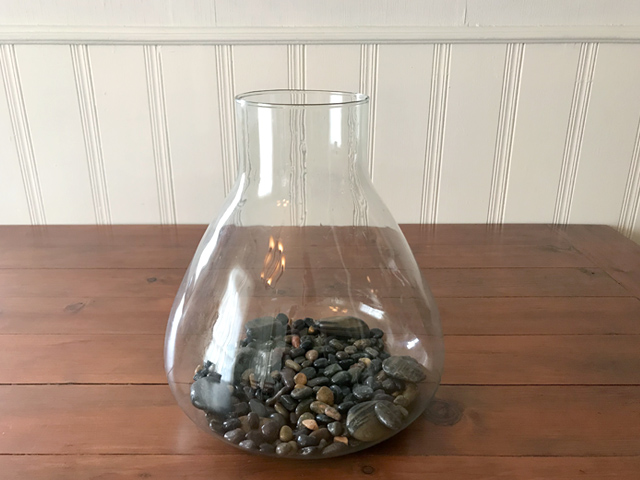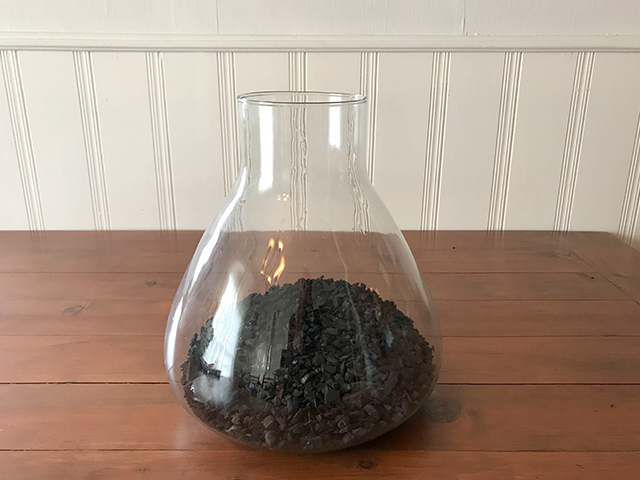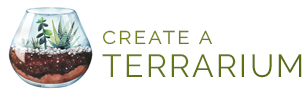
One of the most exciting ways to reinvent an object is to fill it with life. Whether it’s that old jar that’s been sitting around, or that cool cloche you bought and are wondering what to do with, it can be transformed into a miniature landscape in a few simple steps. Below you’ll find a guide to building up the layers of a terrarium, from the soil base to the plants. Don’t be afraid to experiment with different containers, plants, and found objects.


leafjoy littles®
The leafjoy houseplant line now offers unique varieties in adorably small 9cm containers. leafjoy Littles are perfect for novice plant parents desiring to nurture and learn about houseplants without the pressure of caring for larger, more expensive plants. These smaller plants are just as resilient as their larger counterparts and are a great choice for DIY houseplant projects like terrariums or kokedama. Shop for leafjoy littles by clicking the button below. If you want to learn how to make your own kokedama, check out our DIY Kokedama Page!
DIY: Terrarium Video
Check out this short step-by-step video for quick and easy terrarium build.
MATERIALS YOU’LL NEED
• Glass container
• Decorative Pebbles
• Charcoal
• Moss
• Indoor potting soil
• 2-3 small plants (we used leafjoy littles®)
• Decor such as pebbles, rocks, and crystals
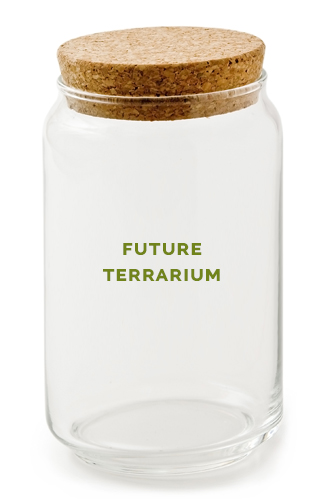
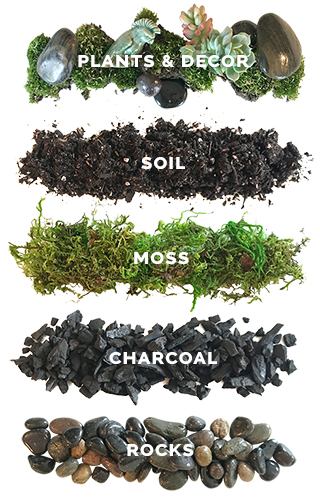
TERRARIUM BUILDING TIPS
• If the container you choose is open, use plants that like lower humidity like cacti and succulents. These plants will need a bit more sunlight, but avoid direct sunlight, as the terrarium glass can act as a magnifying glass and burn the plants.
• If the container you choose has a small opening or a lid, use plants that like higher humidity like ferns and mosses. We find that a container with a removable lid like a cork or jar lid is a good option because you can regulate the humidity level inside as needed.
• Provide more soil when using ferns and leafy house plants. You may want to mix in some sand for cacti and succulents.
• Use a container with a wide opening for easy planting. If planting a container with a narrow neck, long-handled tweezers or other long-handled tools may help in planting.

WATER
Most open terrariums will need to be watered at least once a week, while closed terrariums,
if well sealed, may never require watering after the initial planting, watering and closure.
LIGHT
Most terrarium plants (especially in closed terrariums) will do best in indirect light.
HUMIDITY
Use a mister or spray bottle to create humidity in an open or partially open terrarium.
CLEANING & PRUNING
Most terrarium plants won’t require much maintenance, but over time you might need to clean out any dead plant material and trim any plants that are getting too large. This will help keep all your plants happy and healthy.


